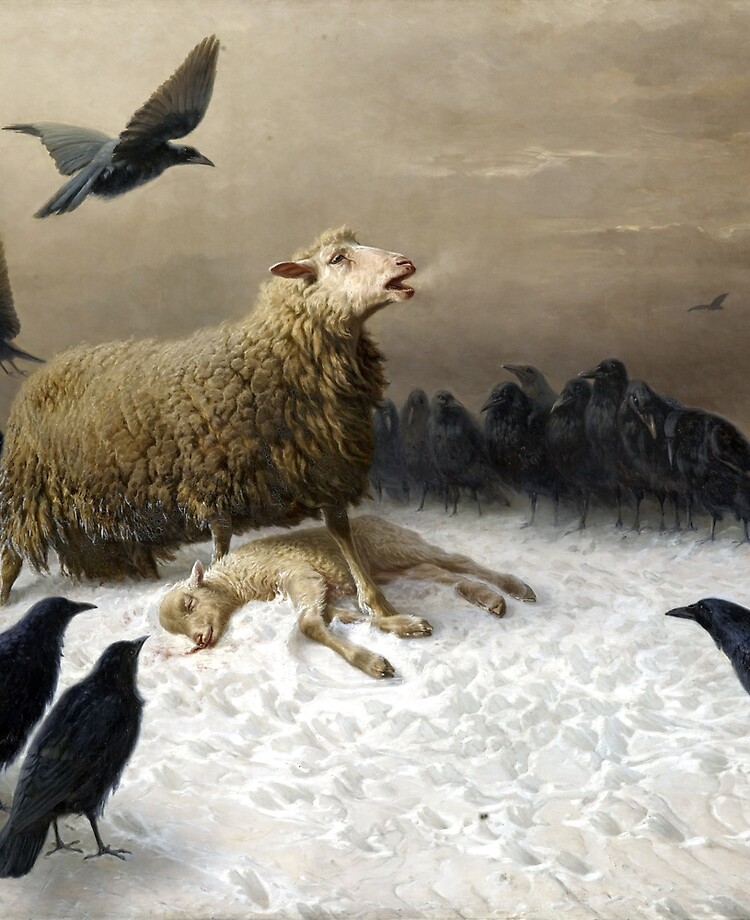Can Animals Be Evil?
November 15, 2021 | 8 min read

November 15, 2021 | 8 min read

The Merriam-Webster dictionary describes evil as morally reprehensible or arising from actual or imputed bad character or conduct. We are not alien to the fact that humans are capable of being evil. The concept of evil stems from socially agreed-upon morals, an understanding of good and evil. It is often said that humans are unique in possessing morals.
However, Dale Peterson, in his book, The Moral Lives of Animals, has a different say. He believes that morals are nothing but a means to settle social conflicts and that animals have achieved this by Darwinian evolution selecting for behaviours, thus minimising conflict and creating strong social ties. Yet, it is true that humans have collective cognition that calls for a need to define good and evil. But does that have to mean animals are incapable of evil?
Dolphins are adorable animals. They are known to be friendly creatures. But it is known that gangs of male dolphins may isolate a female, slap her around with their tails and forcibly copulate with her. To mate, dolphins commit infanticide, so the female will come into estrus and be more receptive. Dolphins are intelligent animals, which makes them highly effective recreational killers. They use their ultrasound abilities to cause maximum damage to the victim.
Even though the concept of consent is vague in animals, male ducks have been observed raping the females, and some even taking part in necrophilia. Otters are also known to show necrophilia. Eleven per cent of otter deaths are due to violent sexual activity.
Cannibalism is another common ecological interaction seen in the animal kingdom. It can serve as a mechanism to control the population or regulate genetic diversity, but it is mainly the case when there is a lack of food. Ants are known to eat their injured immatures. It is disturbingly common in animals, including lions and polar bears, to kill and eat their young. Aquarium guppies are known to eat their young to control the population size. These actions, if done by a human, are considered wrong, evil, so to speak.
Humans are also guilty of giving certain animals an evil reputation. The black cat is portrayed as a bearer of bad luck in many cultures. They are considered a symbol of witchcraft and even give a reputation to the people who raise them as pets. Sadly this superstitious belief results in black cats being less likely to be adopted from shelters. The Christian faith depicts Satan as a goat with cloven hooves. Even snakes are associated with the devil for tempting Adam and Eve to eat the forbidden fruit.
The blood-sucking vampire bats are also seen as an evil symbol, a feared creature of the night. Although their usual preys are cattle and horses, they are capable of preying on humans. In a more realistic sense, bats are carriers of viruses that are deadly to other mammals even though they are relatively unaffected due to their highly efficient antiviral immune system. The Nipah Virus Outbreak of 2018 was an example of a bat-borne disease spread by fruit bats.
Rats have a reputation for spreading plague and death. Crows are seen as a bad omen and foxes as cunning beasts.
Evil is the intentional causing of destruction or suffering to another. Psychologists have broken it down into different categories. The first is Machiavellianism, which uses intelligent strategy to gain control over one’s rival. Alpha males of rhesus monkeys show aggressive tendencies to dominate over subordinates. The anglerfish have a long filament protruding from its head, with a growth on the end that resembles a fish or a worm. It deceives smaller fish into an unwise attack – they are then quickly gobbled up. Machiavellianism has evolutionary significance as it is a survival strategy.
Another is psychopathy which has been observed in dolphins and chimps. Not just animals, even plants use deception; the bee orchids mimic the female bee to use the male pseudocopulation as a means to pollinate.
It wouldn’t be wrong to say animals can be evil. However, most of these evil behaviours are a result of the struggle to survive. Evolution demands the survival of the fittest and not of all; hence it is evident that sometimes the more dominant, more aggressive genes survive the course of time. Animals with more complex social behaviours are more prone to evil, the most being humans ourselves.